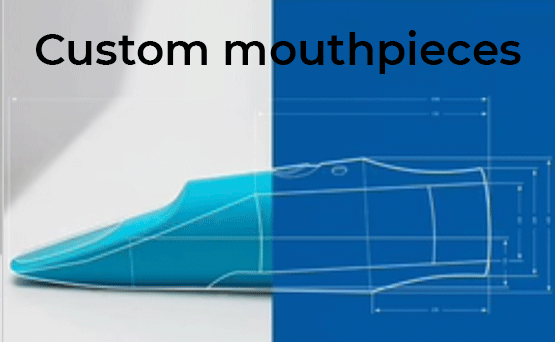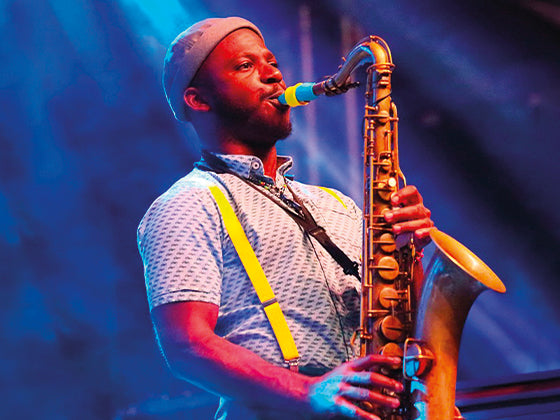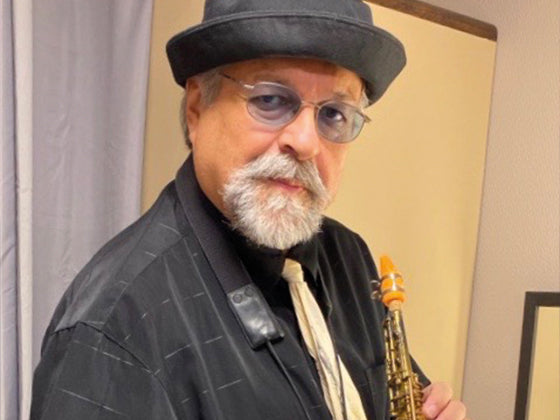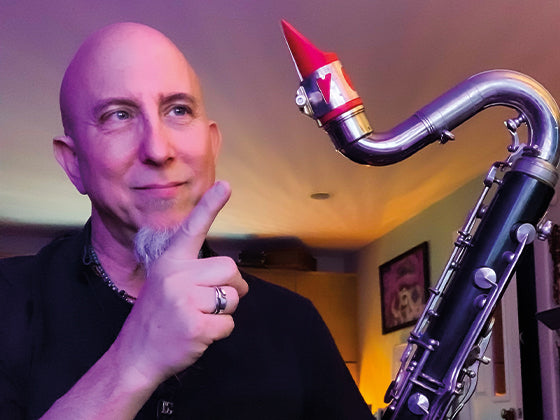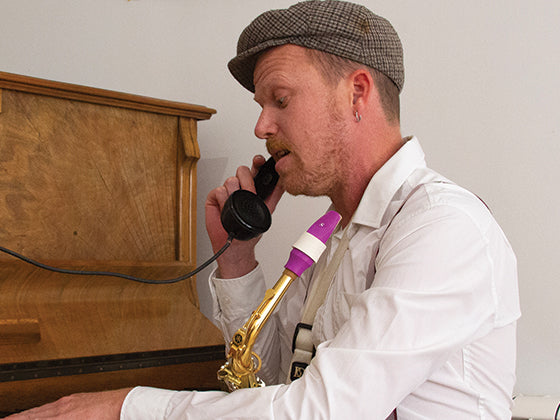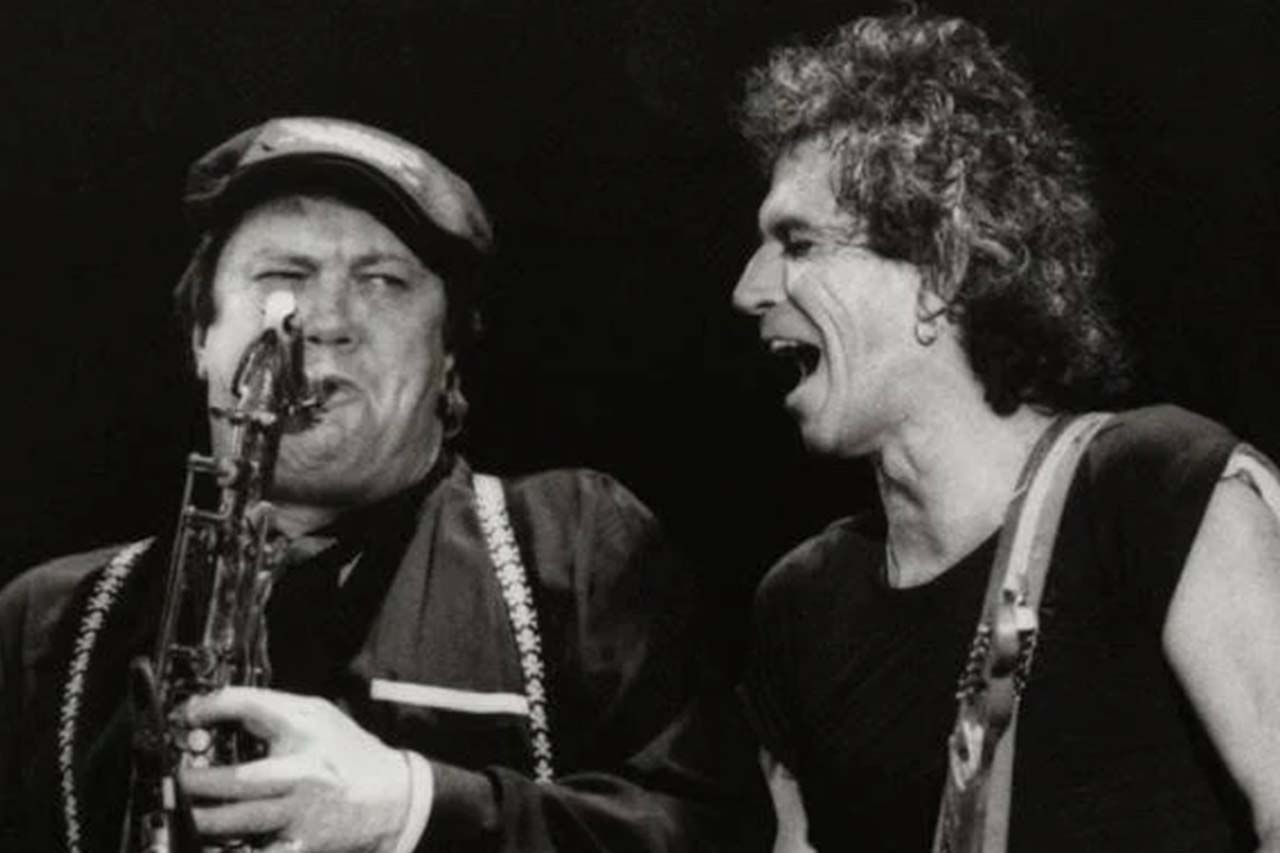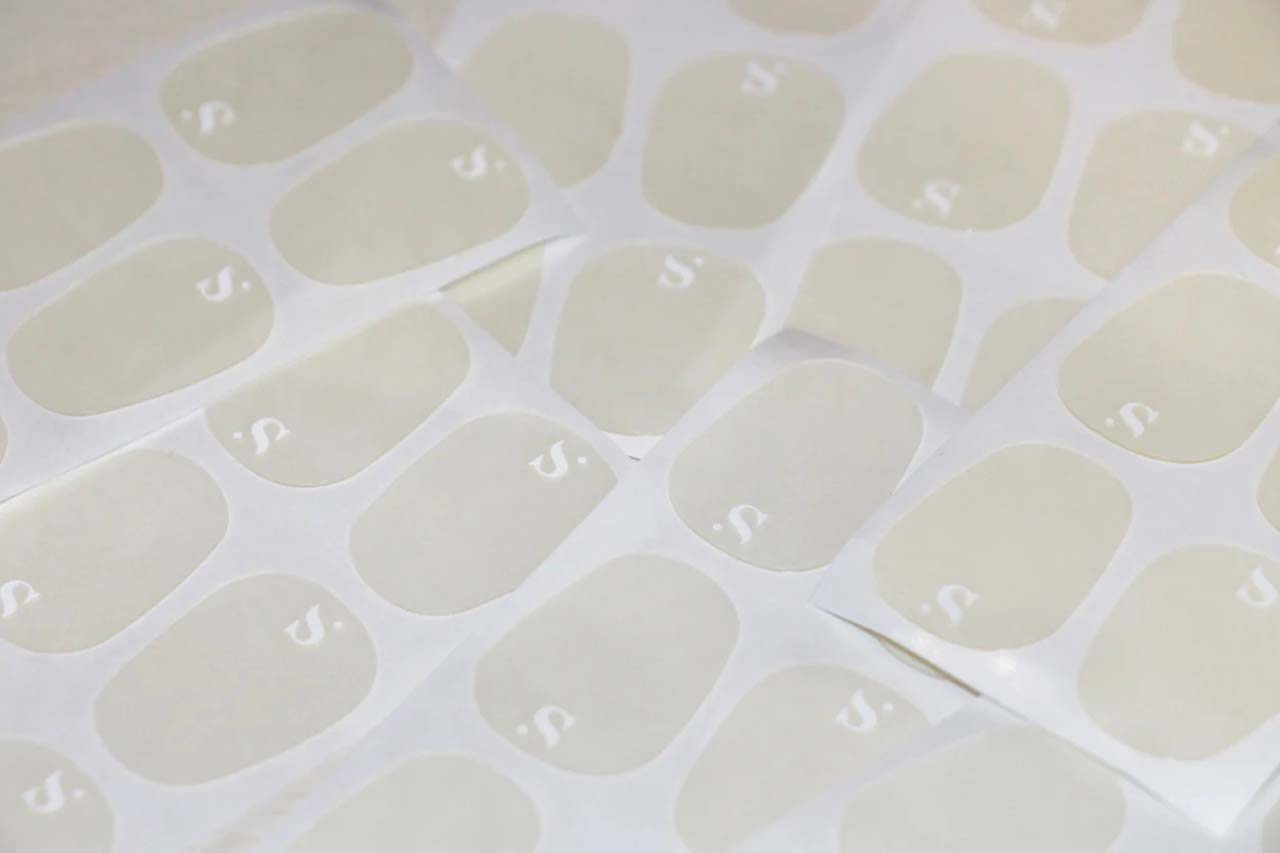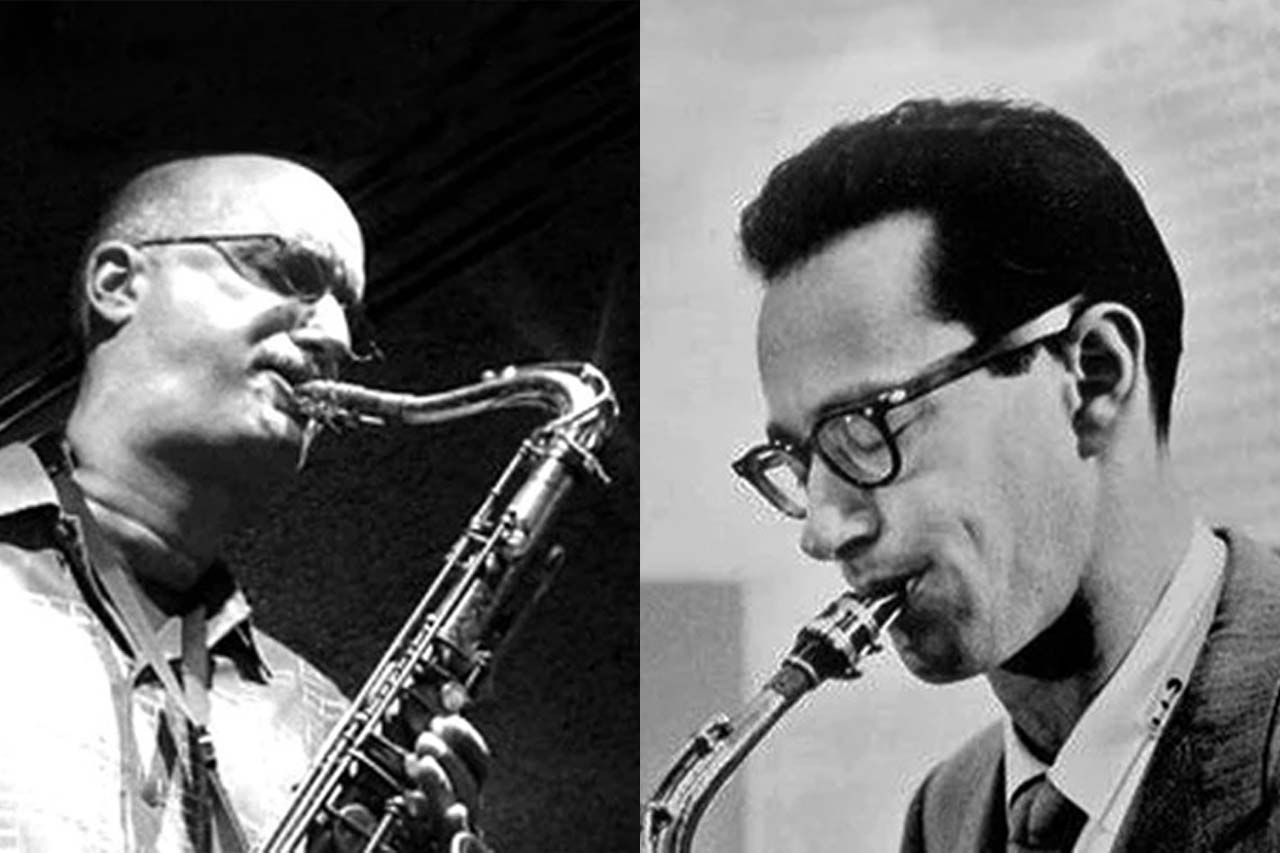You’ve had enough of "Careless Whisper"? At Syos, we know all too well that saxophones are not limited to just one style. If you instinctively thinks of the saxophone as representative of jazz or blues, let’s give credit where credit is due: the sax belongs to way more music styles, and knows how to exist in a lot of different scenes.
What would "Brown Sugar", by the Rolling Stones, be without its sax solo? Jump into your ripped jeans and warm your raspy voices, today we are going to learn more about the place that the saxophone holds in the cruel world of rock.
Quick history of saxophones in rock music
Beginning of rock
Rock music gives musicians a lot of space to express themselves and to write very different songs (differeing in length, with varied instruments and rhythms…) and to play the way they want: it is a genre you live first, on stage and on the streets. Every movement from this heterogeneous genre brought its own lot of new trends (let’s not remember the painful memory of the trend of greasy hair after Nirvana’s success, for example). After all, rock is more than just genre of music, it is a movement that shook and woke up an entire generation.
If the people dig it, then I dig it. If the people wanna hear it, then I wanna play it
Bobby Keys
Since its birth in 1955 in the US, rock music has been linked to saxophones. In fact, it was created by mixing jazz, blues, RnB, country and folk. Even if the guitar seems to be the major rock instrument, do not feel left out: within all its diversity, there is a place for you saxophonists in the great world of rock ‘n’ roll. Alternative, progressive, psychedelic, grunge, pop, punk, or even glam rock, there is one rock style for the rock-star that you secretly are. No worries, the great stars of the genre have written a lot of songs that put the sax under the spotlight!
Rock n’ roll: a varied style that embraces the sax
Two sub-genres are truly part of this sax-rock romance.
Progressive rock, which appeared in 1968 to qualify the album Days of Future Passed from the Moody Blues, gives an important place to the instrument. It is the main vehicle of progressive artistic expression, which used to be the voice in prior rock sub-genres. Pink Floyd represented a genuine springboard for the style and opened the door to what used to be « classical » instruments (or at least non amplified). Less of the classic rock rhythms and more instrumental diversity, hell yeah!
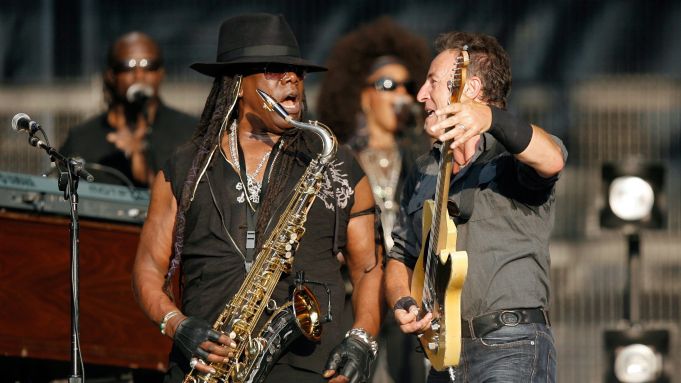
The second sub-genre making space for the sax is fusion jazz. It has a goal: to make jazz a popular genre again. Since free jazz was a commercial disaster, jazz then flirted with the in-style of the time (the end of the sixties): rock. The main movement figure, Miles Davis, shakes the genre to blend jazz, rock and funk: he produces In a Silent Way, which is (finally) a popular success. Fusion jazz is mostly made of long and instrumental songs that encourage musicians to improvise a lot. Famous musicians then joined the movement, like the sax players Wayne Shorter, Kenny G or David Sandborn. It seems that not only the sax has a side place in rock music, but that it also has a central place in one of its sub-genres: fusion jazz.
The role of the saxophone in rock music
Why would one choose the sax?
The sax is traditionally used in jazz music. Rock is more characterised by the use of amplified instruments (electric guitar, bass, microphones for the voice…). But, the power of the sax and its specific timbre make it a notable addition to some huge hits. Who never looked forward to the sax solo in a Pink Floyd song? This particular sound, warm but sometimes very bright and almost strident makes some songs very recognizable, and therefore it was used by bands searching for novelty or originality in songs that would have been quite boring without the intervention of an intense sax solo.
Moreover, some rock bands arm themselves with a good saxophonist on tour, to give their live performances a bluesy atmosphere. It brings a nice different touch to that of the studio-recorded songs, and usually makes the public go wild. Dire Straits, for example, embellish their hit « Sultans of Swing » with a saxophone in this live version that was loved by the audience, softer but also more intense than the original song.
Famous rock saxophonists
Who would dare to tell Bobby Keys that the sax is no rock instrument? Set your long hair free and practice your best moves, the sax goes out of the jazz clubs muffled atmosphere and jumps on stage, with famous names like Clarence Clemons (who played with Bruce Springsteen), or John Helliwell (who went on tour with Supertramp). Dick Parry or Scott Page and their gigs with Pink Floyd also are high calibre individuals in this genre.
But Syos artists also take part in this genre: in a more modern style, Terry Edwards (saxophonist of PJ Harvey) wakes the sax up with a colourful rock. Thomas de Pourquery, with Metronomy, also joins the pop-rock sax players and shows the world how rock Syos mouthpieces can be (but please, do not set them on fire on stage).
How to be rock with a sax
What to play? Famous songs
- Huey Lewis & The News, “I Want A New Drug”
- David Bowie, “Young Americans”.
On this song, the use of the sax is very interesting : it plays almost like a guitar (we either love it or hate it).
- The Edgar Winter Group, “Frankenstein”
- Supertramp, “The Logical Song”
- The Rolling Stones, “Brown Sugar”
- Sting, “Englishman in New-York”
- Pink Floyd, “Us and Them”, “Money”
- INXS, “What you need”
- Bob Seger, “Old Time Rock ‘n’ Roll”
Pink Floyd wrote a lot of songs that include saxophone, but we have to choose... You do not !
- Lou Reed, “Walk on the Wild Side”
How to play? What mouthpiece to use
Rock sax has a very special aesthetic : we are looking for a nice, clean sound which will stand out from the surrounding noise. Given that the saxophone mouthpiece has such a huge influence on the sound, it will be better to choose a mouthpiece that produces a bright, powerful and agressive sound. A jazzy mouthpiece, with a sweet, dark, muffled sound? No way! Unless you want to blow in your mouthpiece until you collapse, just to be heard by your public...

Syos' Advice : choose a high-baffled mouthpiece to ensure you get a powerful sound, straight to the point, and a medium or small chamber for a bright and centered sound (to learn more about it, go read our articles on the baffle and the mouthpiece chamber). Avoid closed-tip mouthpieces like the Selmer C* or the Vandoren AL3 : they are good mouthpieces to start with, but to play rock, a larger tip opening is a must.
Here are the best mouthpieces in our Signature collection, if you want to play rock music:
- For tenor, the Scott Paddock signature mouthpiece
- For alto, the Mornington Lockett signature mouthpiece
- For baritone, the Daro Behroozi signature mouthpiece
- For soprano, the Scott Paddock signature mouthpiece
Concerning the tip opening, go for openings between 6 and 7* if you are not used to opened mouthpieces: it is a good place to start, that will bring you more volume and flexibility to your sound than a classic mouthpiece.
So, no more excuses, it is your turn to honor this timeless style: with your playlist and the right Syos mouthpiece, you have everything in hand to become the future of the rock sax!

